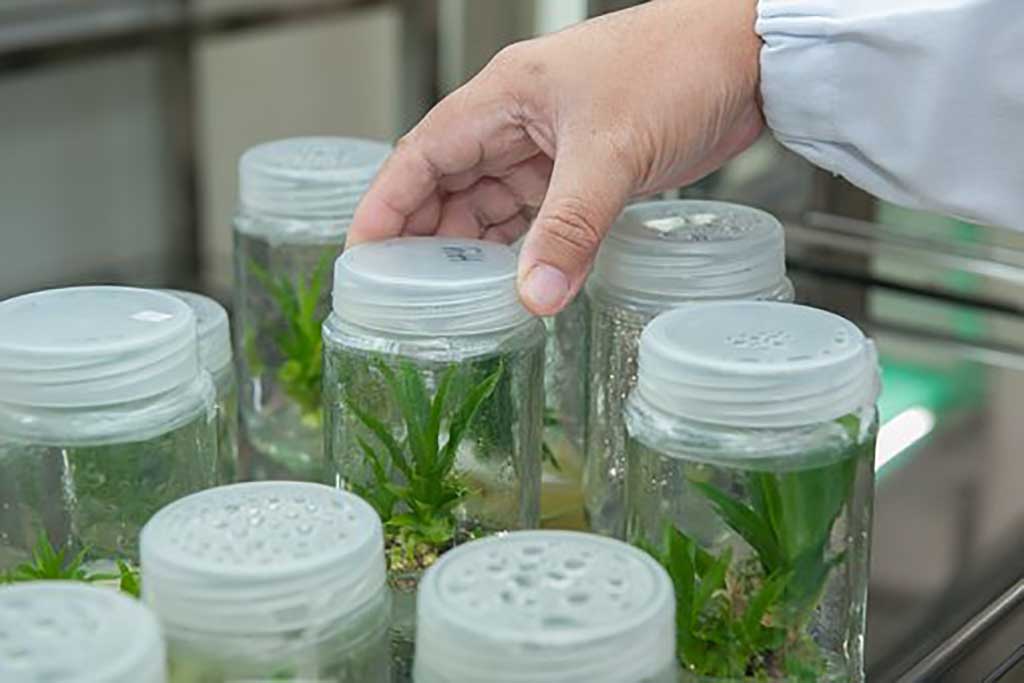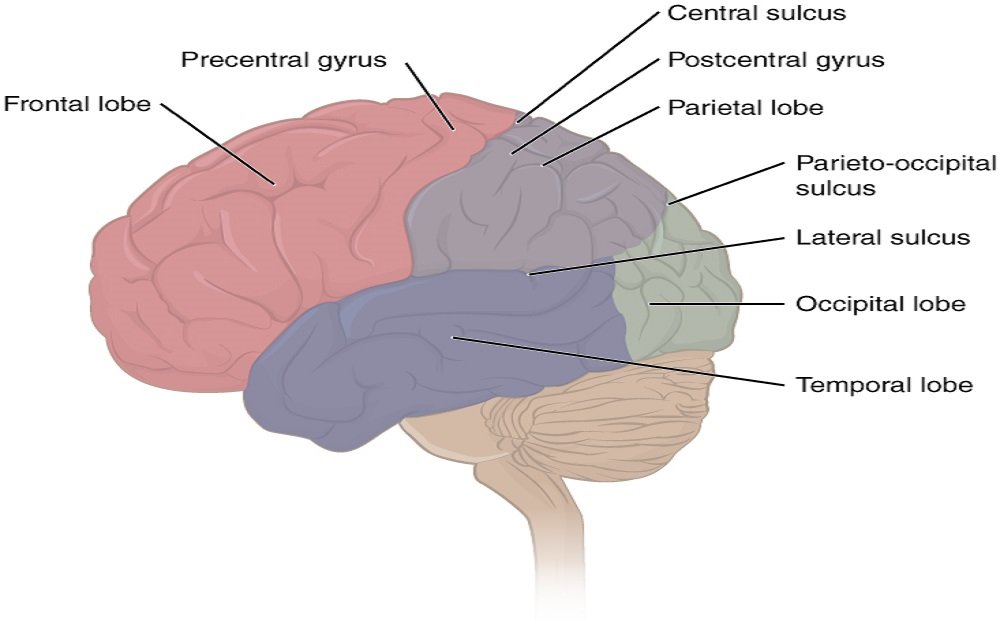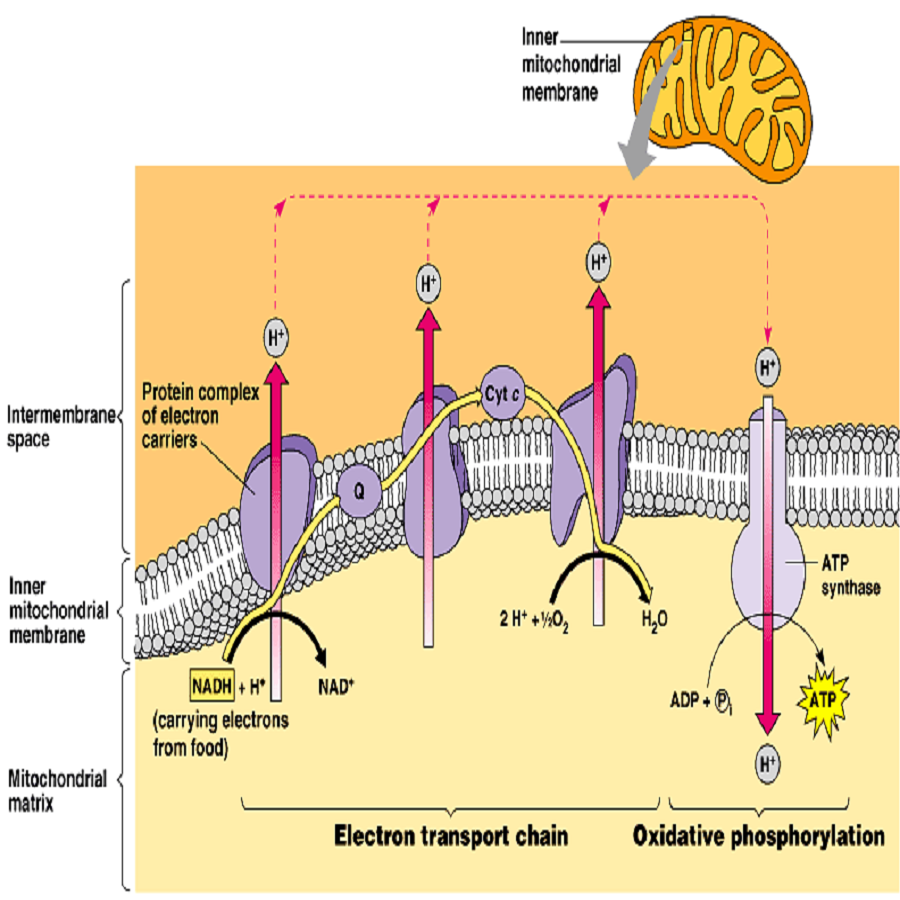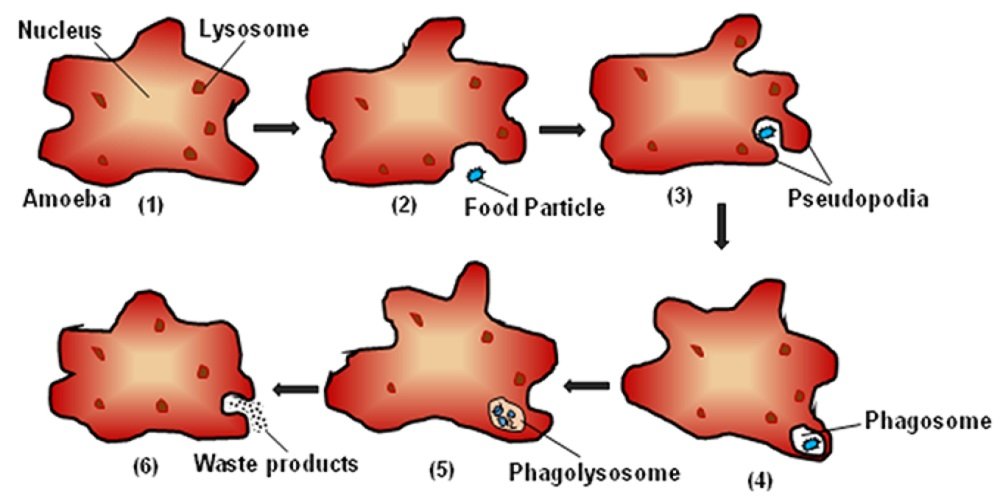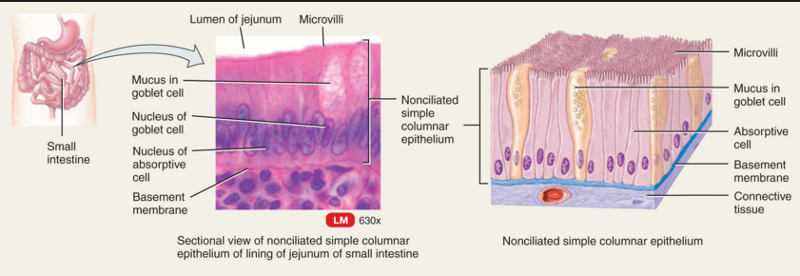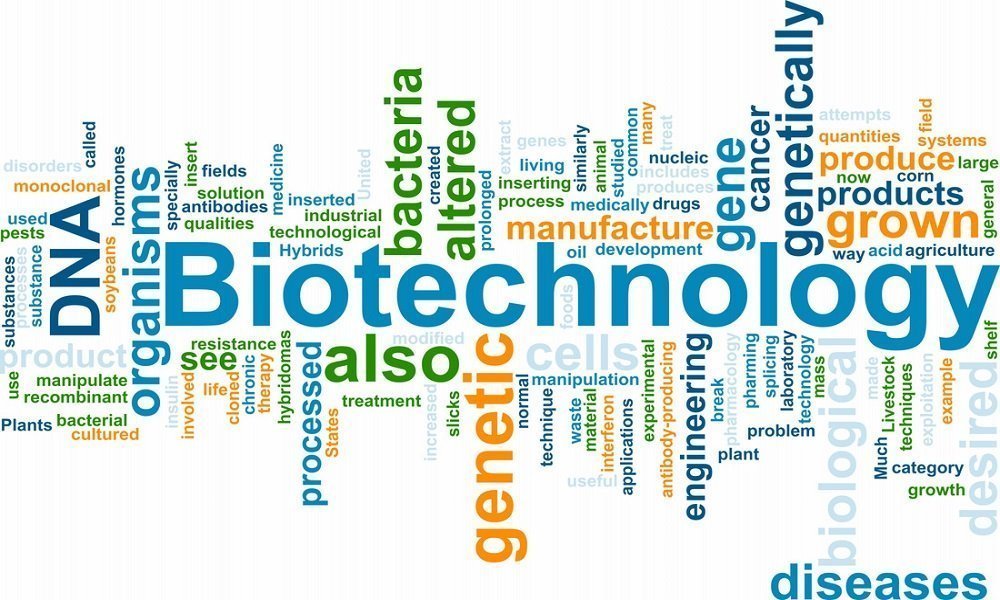One stop solution for all your biology questions!

BIOTECHNOLOGY
Q1. Rules to explain “The phenomenon of inheritance of biological characteristics” was formulated by: A) T.H.Morgan B) Gregor Johann Mendell C) Rudolf Virchow D) Bateson E) Lamark Q2. Genetic research was activated and a revolution in modern biology occurred in the year: A) 1951-53 B) 1961-63 C) 1971-73 D) 1975-71 E) 1981-83 Q3. Genetic engineering …

HOMEOSTASIS
Q1) The relationship between mineral and water is know as: A) Ascent of sap B) Osmoregulation C) Excretion D) All of them Q2) The cell sap having solution of: A) One types B) Two types C) Three types D) Four types Q3) The water potential not more than: A) 1 B) 100 C) 1000 D)…

VARIETY OF LIFE
Q1) Any attribute or descriptive phrase, referring to form, structure or behaviour of a specific organism for a particular purpose is: A) Expression B) Specificity C) Character D) Nature E) None of the above Q2) Which one of the following is an example of “Expression of character”? A) Petal length B) Stem thickness C) Corolla…

ENZYMES
Q1) Enzyme is a Greek word which means: A) in virus B) in bacteria C) in fungi D) in yeast E) in humans Q2) Who discovered that certain molecules of ribonucleic acid also function as enzymes? A) Friedrich Wilhem Kuhne only B) Friedrich and Thomas Cech C) Thomas Cech only D) Sidney Altman & Thomas…

UNITY OF LIFE
Q1) Chemically, protoplasm contains: A) 60-70% of H2O B) 30-40% of H2O C) 90-95% of H2O D) 70-90% of H2O E) 50-60% of H2O Q2) If water is evaporated, the remaining dry weight of the cell consists of: A) Carbon B) Hydrogen C) Nitrogen D) Oxygen E) Ammonia Q3) During photosynthesis, which one is used…

EXCRETION
Q1) Unwanted substances excreted by plants are: A) Uric acid B) Ammonia C) Latex D) Urea Q2) Solid crystalline substance called uric acid excreted as Solid waste in: A) Insects B) Planty helminthes C) Vertebrates D) Annelids Q3) Nephrons are connected with: A) Respiratory system B) Nervous system C) Circulatory system D) Excretory system Q4) Which…

CELL BIOLOGY MCQ
Q1: The diameter of most animal cells ranges from A) 1.0 to 10 µm. B) 0.01 to 0.1 µm. C) 10 to 100 µm. D) 100 to 1000 µm. E) 0.1 to 1.0 µm. Q2: Which of the following is a feature found in BOTH prokaryotic and eukaryotic cells? A) extensive array of intermediate filaments…

HUMAN NERVOUS SYSTEM
The origin of human nervous system is ectodermal. The whole nervous system is divided into three parts. Central Nervous System It comprises the brain and the spinal cord. Brain Brain accommodate in the skull while spinal cord is enclosed by the vertebral column. To support brain and protect it from external pressures, it is surrounded…

OXIDATIVE PHOSPHORYLATION, ELECTRON TRANSPORT CHAIN
OXIDATIVE PHOSPHORYLATION It is the main source of energy of our cell. Takes place in Mitochondria. Movement of protons through inner mitochondrial membrane leads to ATP production DEFINITION Oxidative phosphorylation includes the coupling of the oxidation of NADH or FADH2 by the respiratory chain with the synthesis of ATP via gradient of protons across the inner mitochondrial…

DIGESTIVE SYSTEM
DIFFERENT MODE OF DIGESTION IN ORGANISMS The collective processes by which a living organism takes food which are necessary for their growth, maintenance and energy needs is called nutrition. The chemical substances present in the food are called nutrients. It is important to know the different modes of nutrition in all living organisms in order…

Animal Tissue
As mentioned earlier, cells are the smallest units of life. In complex organisms, cells group together with one another based on similar structure and function to form tissues. Tissues provide the numerous functions of organs necessary to maintain biological life. This lab exercise seeks to introduce the various tissues found in the human body and…

BIOTECHNOLOGY
The word biotechnology has come from two words, bios (meaning biology) and technology (meaning technological application). Thus biotechnology is defined as the industrial application of living organisms and their biological processes such as biochemistry, microbiology, and genetic engineering, in order to make best use of the microorganisms for the benefit of mankind. Biotechnology is applied in…

